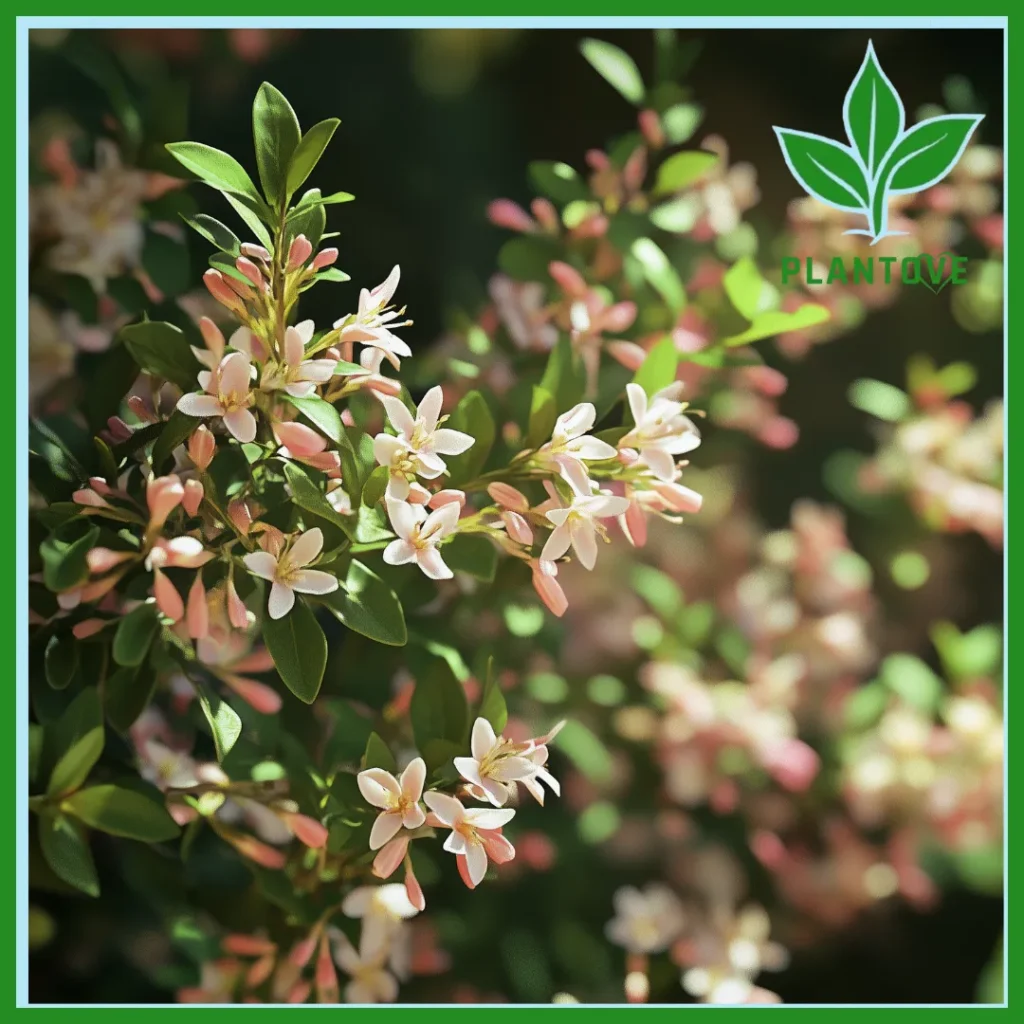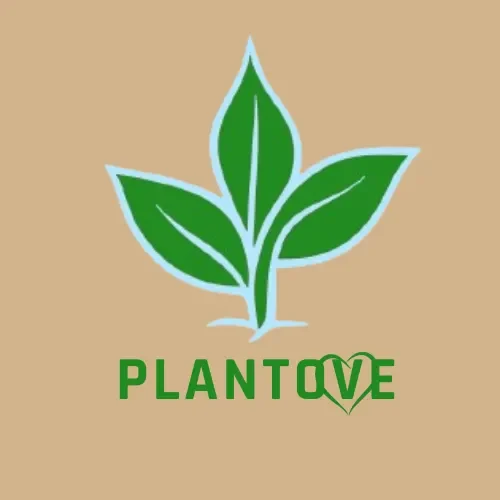The Rose Creek Abelia is a stunning shrub known for its dense, compact growth, long-lasting flowers, and year-round appeal. With white blooms that attract pollinators and foliage that turns bronze or purple in the fall, this plant is perfect for adding texture and color to gardens in the United States. If you’re looking for a low-maintenance yet beautiful addition to your landscape, this versatile shrub is an excellent choice. This comprehensive guide will provide everything you need to know about proper care, growth habits, common problems, and landscaping applications.
What is Rose Creek Abelia?
Rose Creek Abelia (Abelia x grandiflora) is a hybrid ornamental shrub in the honeysuckle family. Originally developed to thrive in various climates, this plant has become a popular choice for gardeners in the USA, especially for USDA hardiness zones 6-9. It is appreciated for its extended bloom season, which can last from spring through fall, and its ability to attract bees, butterflies, and other pollinators. The plant’s semi-evergreen to evergreen nature also means it maintains visual appeal throughout the year.
Essential Growing Requirements

Understanding the basic needs of this beautiful shrub will ensure successful cultivation in your garden.
Sunlight and Location
This adaptable shrub performs best when planted in full sun to partial shade. Ideally, the plant should receive at least six hours of direct sunlight daily. In areas with extreme heat, providing some afternoon shade can prevent leaf scorch and maintain healthy foliage.
Watering Guidelines
During its first growing season, regular watering is essential to establish strong roots. Deep watering once a week is generally sufficient, especially in hot or dry climates. Once the plant is well-established, it becomes drought-tolerant and only requires occasional watering during extended dry periods.
Soil Requirements
This hardy shrub adapts well to various soil types, but it thrives in well-draining, slightly acidic soils. Amending the soil with organic matter, such as compost or mulch, can improve soil structure and moisture retention. If your soil is clay-heavy, consider planting in a raised bed or ensure proper drainage to avoid waterlogging.
Fertilizing Your Shrub
Apply a balanced slow-release fertilizer in early spring to promote healthy growth. Avoid over-fertilization, as this can lead to excessive foliage growth at the expense of blooms. A light annual application will provide sufficient nutrients to encourage vigorous development and abundant flowering.
Pruning and Maintenance
This is a low-maintenance plant that doesn’t require heavy pruning. However, light pruning in late winter or early spring helps maintain its shape and encourages dense growth. Remove dead or damaged branches during this time to enhance the plant’s health and appearance.
Common Problems and Solutions
Although generally hardy and resilient, this shrub can sometimes experience certain issues. Recognizing and addressing these problems early will help maintain optimal plant health.
Pest Management
Aphids, spider mites, and scale insects are the most common pests that may affect your shrub. Aphids can suck sap from new growth, causing leaves to curl, while spider mites cause stippling and discoloration. Insecticidal soaps or neem oil are effective organic solutions for controlling these pests. Monitor regularly for signs of infestation, such as yellowing leaves or distorted growth, and treat promptly when necessary.
Disease Prevention
Leaf spot is a fungal disease that can occur when foliage stays too wet. This condition manifests as dark, irregular spots on the leaves. Prevent leaf spot by watering at the base of the plant and avoiding overhead irrigation. Good air circulation around the shrub also helps reduce the risk of fungal infections.
Root Health Issues
Poorly draining soil or overwatering can lead to root rot, which can be fatal to the plant. Ensure your shrub is planted in well-draining soil and avoid watering too frequently. Signs of root problems include wilting despite moist soil and yellowing leaves.
Winter Behavior and Cold Hardiness
The winter characteristics of this shrub depend on your regional climate. In warmer areas, such as the southern United States, it remains evergreen, retaining its glossy, dark green leaves throughout winter. In cooler regions, the plant may become semi-evergreen or deciduous, shedding some or all of its foliage.
To protect your shrub during harsh winters, apply mulch around the base. This insulates the roots and helps retain moisture. Come spring, the plant will regenerate its foliage and resume blooming.
Temperature Tolerance
This hardy shrub survives in USDA zones 6-9, tolerating temperatures as low as -10°F. If you’re in an area where temperatures drop significantly, protect the plant with frost cloth or additional mulch to ensure survival.
Native Plant Status
While this shrub has become widely popular in American landscapes, it is not native to the USA. It’s a hybrid developed from species native to Asia. Despite its non-native origins, it has adapted exceptionally well to many regions across the United States. Its hardiness and attractiveness to pollinators make it a valuable addition to both urban and rural gardens.
Landscaping Applications
This versatile shrub offers numerous possibilities for garden design and landscaping projects.
Foundation Plantings
Because of its compact size, this shrub is ideal for foundation plantings around homes and buildings. Its neat, rounded form provides structure, while its year-round foliage adds consistent visual interest to your property.
Creating Natural Borders
The dense growth habit makes it excellent for low hedges, particularly along borders or pathways. Its extended blooming period adds continuous color to garden borders throughout the growing season.
Supporting Wildlife
With its abundant white blooms, this shrub is outstanding for attracting bees, butterflies, and other beneficial pollinators. This makes it a valuable component of pollinator gardens, which support declining populations of essential insects.
Propagation Methods
If you want to expand your collection, the most reliable propagation method is through softwood cuttings taken in late spring or early summer.
Step-by-step process:
- Select a healthy, non-flowering stem and cut a 4-6 inch section
- Remove the lower leaves and dip the cut end in rooting hormone
- Plant the cutting in a pot filled with well-draining potting mix
- Keep the cutting moist and place in a warm, bright location, avoiding direct sunlight
- After several weeks, the cutting should develop roots and can be transplanted outdoors
Conclusion
Rose Creek Abelia is a delightful shrub that brings year-round interest to any garden. Its low-maintenance requirements and adaptability to various conditions make it an excellent choice for both beginner and experienced gardeners. Whether you’re creating a compact hedge, establishing foundation plantings, or developing a pollinator-friendly landscape, this resilient shrub will add lasting beauty and value to your outdoor space. With proper care and attention, this hardy plant will thrive in your garden for many years to come.

